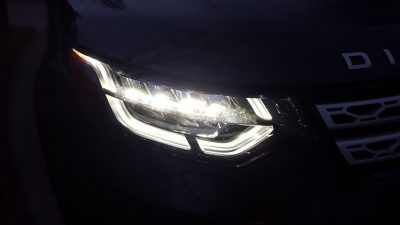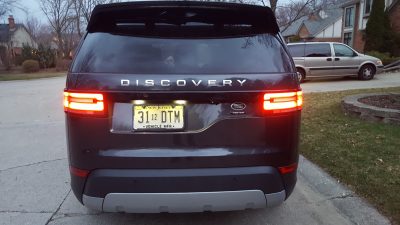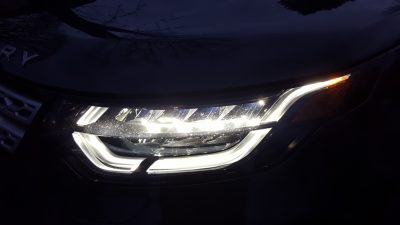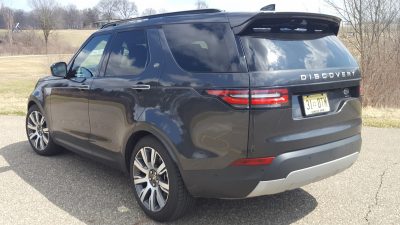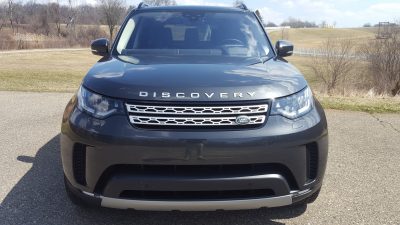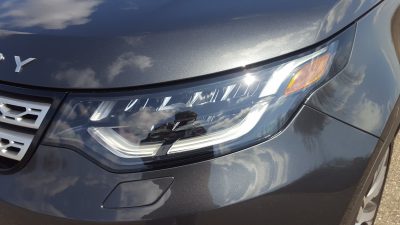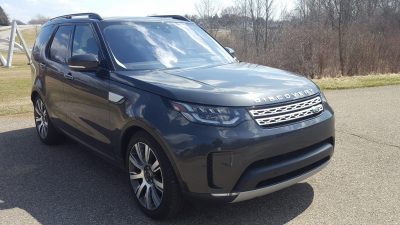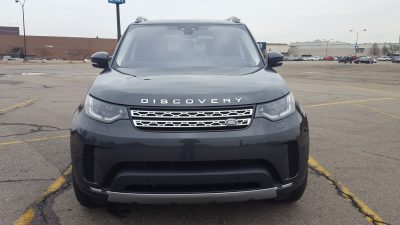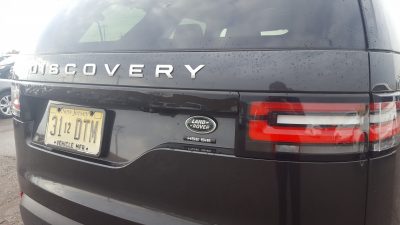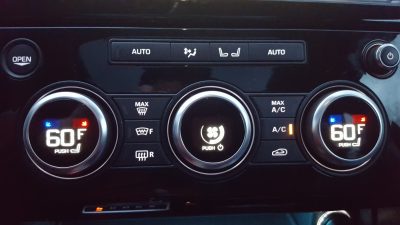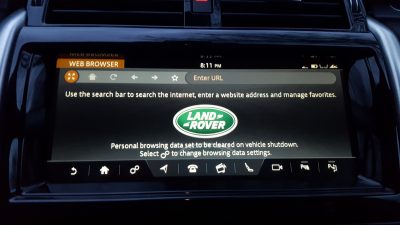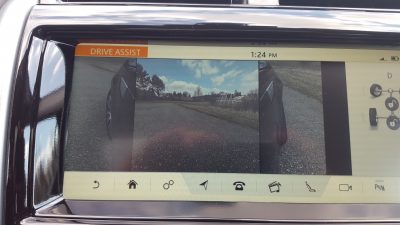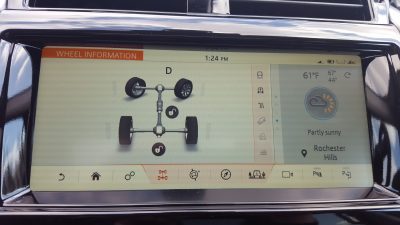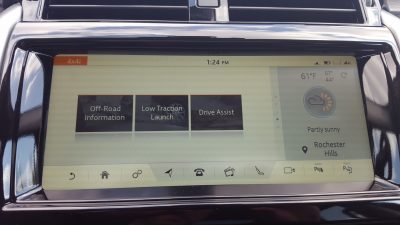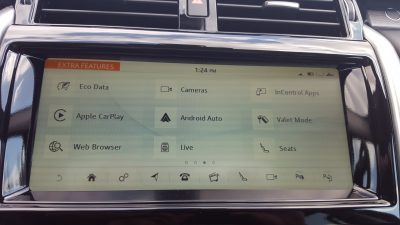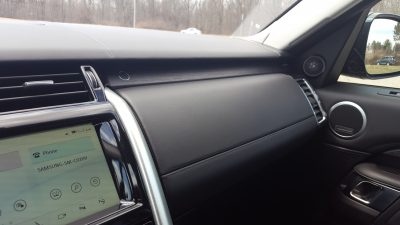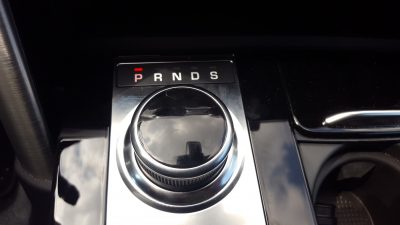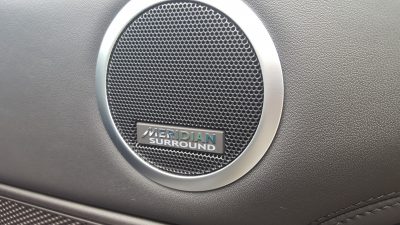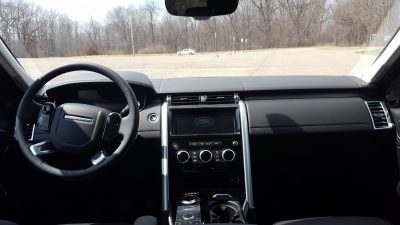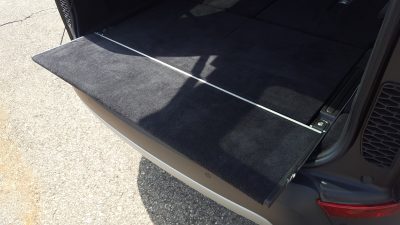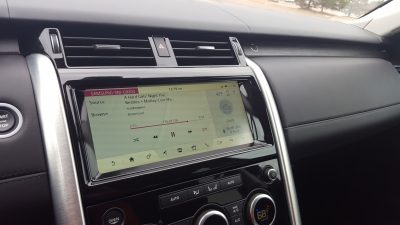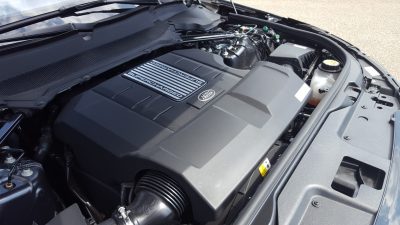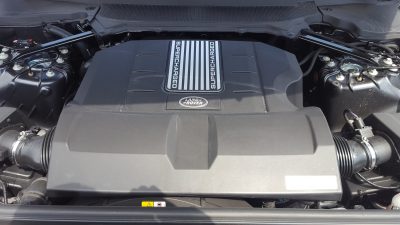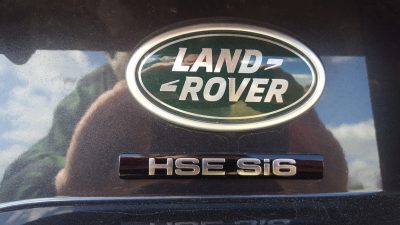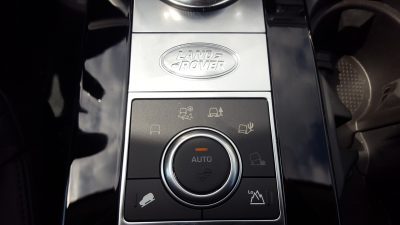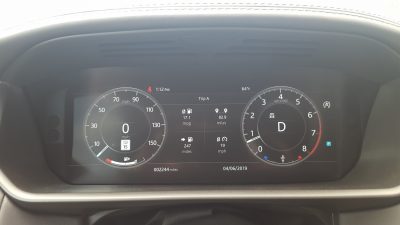When it comes to bringing the pinnacle of off-road capability to affluent adventurers, few can beat the bar that has been set by Land Rover. The iconic British luxury SUV brand has always served as one of the benchmarks that many automakers look up to when they craft an off-road focused vehicle. In addition, key models have also played a big role in the company’s history over the years. A prominent player is the Land Rover Discovery which has established itself by offering lucky buyers the ability to blaze even the toughest of trails but still have enough size to accommodate all three rows of passengers in elegant comfort. Land Rover chose to shake things up in 2017, when it unveiled a radical redesign for its big three row offering, which allowed it to fall more in line with the rest of the company’s design language. The new styling language has had some time to formally ingrain itself into the minds of buyers, but has it brought more customers to the Discovery? Or has it alienated the core audience that the Discovery has tirelessly built over the years?
Quest For Aerodynamics Brings More Elegance But Less Ruggedness To Iconic Nameplate:
Before its big redesign, the Discovery was known for being a cruder yet rugged piece of art. Its blocky styling elements and a strong emphasis on size gave that particular iteration a distinctive identity, but its heavy curb weight impaired fuel economy, and its aging design made it stick out from the rest of the company’s rapidly changing lineup. This time around, Land Rover designers grafted a lot of the Range Rover’s DNA into the Discovery’s shape, and it is especially apparent in the front fascia, which was clearly crafted to help the Discovery have better aerodynamics, and is a much better link to the Range Rover lineup. The side profile is very functional in appearance, and it even has a subtle hint of old school fundamentalism in its flanks. While it is nice to see that the Discovery has been updated to appeal more to on-street customers, off-road fans might feel that the Discovery has been sanitized too heavily for off-road duty.
The rear of the Discovery is arguably is also sharp and handsome with elegant taillights adorning the big rear liftgate. Some observers might think that the wrap around rear window looks a bit out of place this time around, but it is a Discovery design trademark that has defined the model for the past several decades. When viewed against its rivals, it is a big step up over the Audi Q7 and is more up to date than the rapidly aging Lexus GX. However, it lacks some of the sheer curb presence wielded by the Lincoln Navigator, and lacks some of the aggression that defines recent Mercedes and BMW entries. Despite this, we are still fans of the Discovery’s suit of clothes, and its emphasis on being a style leader could help it appeal to more discerning clientele that want to make a distinctive styling statement, and don’t want to buy a mainstream luxury brand to achieve it.
Capable Interior Is A Mixture Of Luxury And Capability:
A key trait of all Land Rover products is their ability to be very upscale places to spend time in, and our HSE Luxury grade tester managed to check all the boxes when it comes to this regard. Land Rover designers wanted to try and create a cabin that could deliver opulent levels of luxury to its owners. While the end result does fall a bit short of the more opulent appointments seen in the brand’s Range Rover lineup, our tester still managed to wow us. Material quality is very good, and the impressive levels of standard equipment on hand will certainly please eager buyers. For example, our rig featured optional heated and cooled front seats with built in massage capability which helped us relax on long journeys, and the seats themselves provide ample amounts of cushioning and support. The second row seats are not quite as supportive, but they can still be heated, and they offer healthy amounts of leg and knee room. Third row occupants will have a varying experience depending on their size. Like other three row offerings, the space back there can be tight for tall passengers, but a child-sized friend of the office we sent in a third of the way into our tester’s stay with us did reveal that younger occupants are greeted with good amounts of rear leg room and comfort.
All Discovery models come equipped with Land Rover’s InControl Touch Pro system which features a big 10.2 inch touchscreen as well as advanced features such as an onboard Wi-Fi hotspot, and even real time weather and traffic updates. Land Rover engineers were also kind enough to dot the cabin with nine USB ports, and an equally abundant set of storage nooks, including a clever one located behind the touchscreen that is activated via a small button. A rear seat entertainment system is optional, but the screens are mounted over the headrest versus being integrated into them like a few rivals. Curiously, both Apple CarPlay and Android Auto capability are optional (versus being standard) but Land Rover does offer them as no cost extras. We think that Land Rover should simplify things for their customers a bit in this regard, and offer these items as standard right out the box versus putting them on the options list. While we’re complaining, we hope that startup and load times for certain functions will be addressed since there were times where the system forced us to wait a few extra seconds before accessing key infotainment features.
A key trait that proved to be a strong selling point is the impressive levels of cargo space that resides in the Discovery’s cargo area. While the space may seem small at first glance with all the seats up, folding them down transforms it into a cavernous void that is easily capable of swallowing all kinds of cargo. The third row seat is folded electronically, and the second row can be folded or unfolded with minimal effort. Lastly, our tester featured the optional Activity Key system. A relatively new feature that has recently made its way into select Land Rover and Jaguar offerings, the key was designed to help encourage owners to explore the great outdoors. Worn on the wrist, the water and shock resistant key is operated via a special sensor on the liftgate, which allows owners to lock the formal key fob inside the vehicle (it’s disabled when locked in this manner) and re-enter the vehicle when they put the key up against the sensor. This system worked seamlessly most of the time, but there were select occasions where it took a couple tries for the sensor to pickup the key.
A Beast Out Of Its Element:
Performance for the 2019 Land Rover Discovery comes from a pair of V6 engines with an optional diesel engine being a play for maximum fuel economy. Our tester had the gasoline powered 3.0 liter supercharged V6 that’s good for a healthy 340 horsepower and a stout 332 lb-ft of torque. While the Discovery will never be known for being a formal performance SUV offering, a 6.9 second 0 to 60 time is very respectable for a vehicle of its size. While the aging 3.0 liter does send some vibration into the cabin, we can’t fault it for its low end eagerness, as well as the unique benefits a supercharged engine provides. Both engines are mated to a silky smooth eight speed automatic transmission that is operated via a control knob that rises up when the start button is pressed.
The Discovery is a potent player out on the trail, but when subjected to alot of the on-road driving that the bulk of its clientele will do with it, our tester proved to be out of its element in some regards. For instance, while the Discovery does have more poise than the outgoing model it replaces, our tester still felt top heavy and somewhat clumsy when changing direction. This is partially due to its bulk, as well as the way the air suspension is tuned, but we will give the latter credit for delivering smooth ride quality, and silencing even the harshest of bumps. Steering on the other hand is very light, and the amount of feel on hand is non-existent. This is especially true when on the freeway, where a large on-center dead spot forced us to do numerous corrections to help keep it straight when cruising on the freeway.
Braking in our tester was marred by a spongy brake pedal which made it difficult to modulate braking power especially in higher speed stopping situations. The Lincoln Navigator we recently tested had a firmer pedal, and a few of its other rivals also have better braking behavior. Again, the problem is masked when taking the Disco off-road where the big Land Rover’s suite of off-road oriented technology (including hill descent control) helps mask things to a degree, but this flaw is harder to hide when engaging in the rigorous grind of the daily commute.
Value Quotient:
Pricing for the 2019 Land Rover Discovery reflects its status as a luxury SUV contender with base 3.0 liter models starting at $52,950, while more fuel efficient diesel variants ring in at a slightly higher $54,950. Our HSE Luxury equipped tester amps up the list of standard equipment, but that also has the effect of adding more fuel to the pricing fire, with base pricing for this trim starting at $67,200. Our rig had a laundry list of optional equipment which included the $2,900 Driver Assistance Package, the $1,985 Seven Seat Luxury Climate Comfort Package (that brings quad-zone climate control and heated rear seats among other things,) and the $1,275 Capability Plus Package. The end result is a final price of $79,730 which includes the $1,025 destination charge and makes the Discovery in this configuration one of the priciest in the segment.
While it is a step ahead of the aging Cadillac Escalade ESV and the Lexus GX, The Discovery does give up a bit of stage presence to the pricier but slicker Lincoln Navigator which boasts a better infotainment system and slightly more upscale interior materials. The game shifts when the battle moves off-road though, with only the Lexus GX being capable of trading shots with the Discovery, despite lacking some of the Land Rovers electronic off-road assistance features.
With a renewed focus on style, luxury and refinement, the 2019 Land Rover Discovery is a much improved example of the breed in many areas and is still a top choice for off-road excursions through even the wildest of trails. However, it’s on road manners still need work, and we look forward to seeing Android Auto and Apple CarPlay being standard issue versus being stand alone options. This is especially apparent when one considers that many other luxury offerings offer both of these technologies as standard equipment which is an obvious attempt at reeling in tech savvy millennials that are more mobile oriented than ever before.
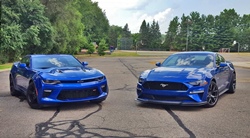
Carl Malek has been an automotive journalist for over 10 years. First starting out as a freelance photographer before making the transition to writing during college, his work has appeared on numerous automotive forums as well as websites such as Autoshopper.com.
Carl is also a big fan of British vehicles with the bulk of his devotion going to the Morgan Motor Company as well as offerings from Lotus, MG, and Caterham. When he is not writing about automobiles, Carl enjoys spending time with his family and friends in the Metro Detroit area, as well as spending time with his adorable pets.


